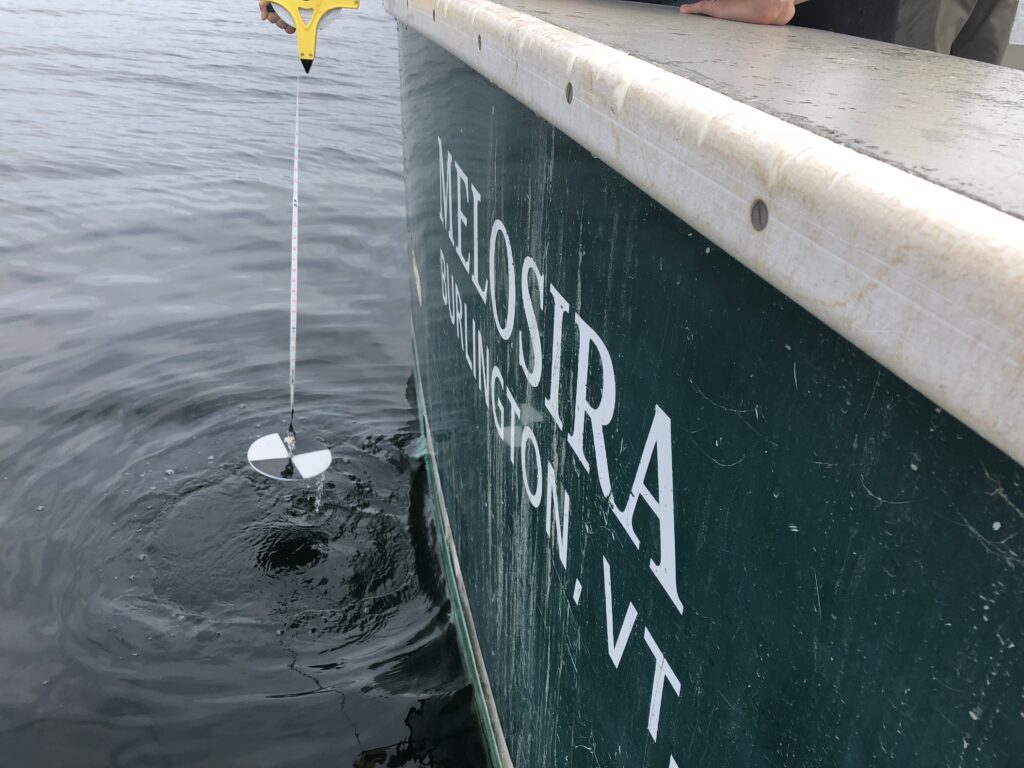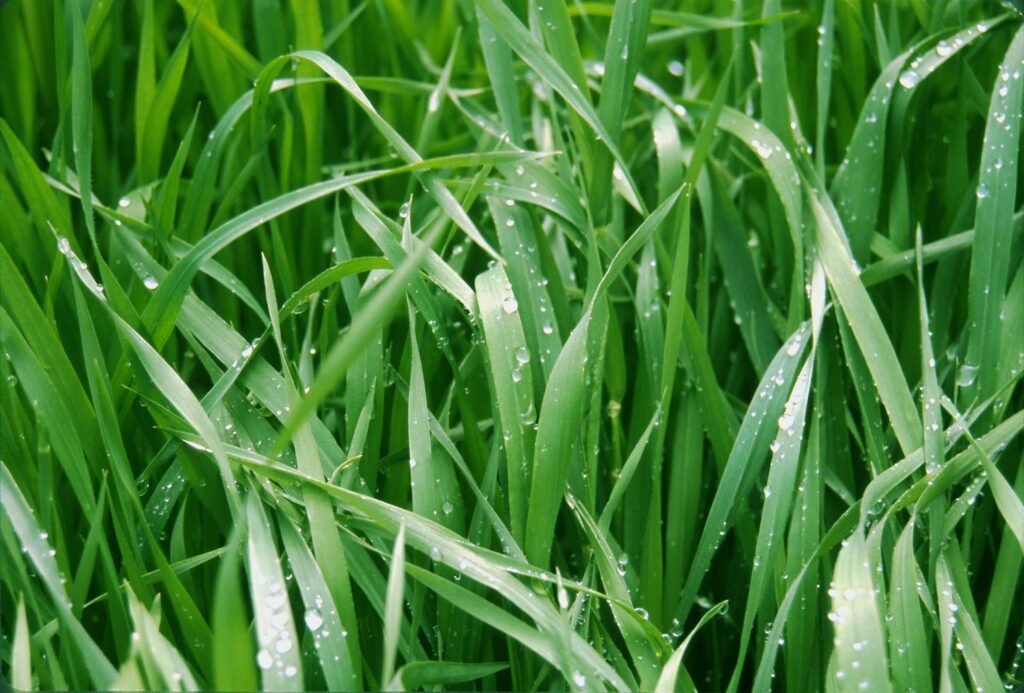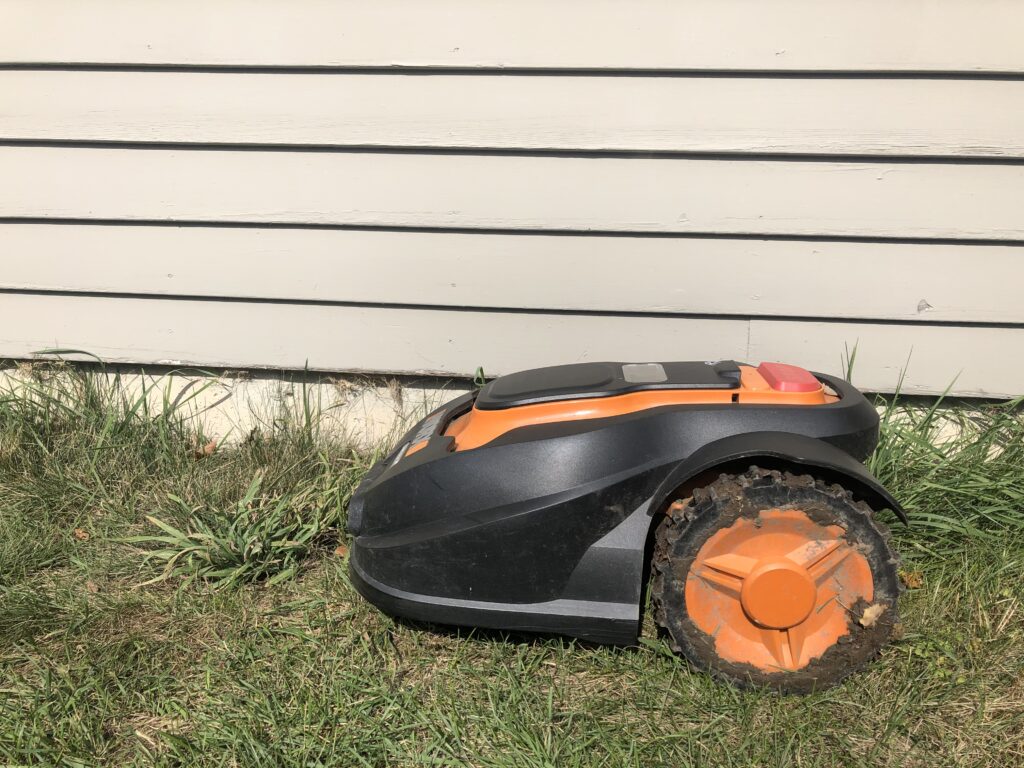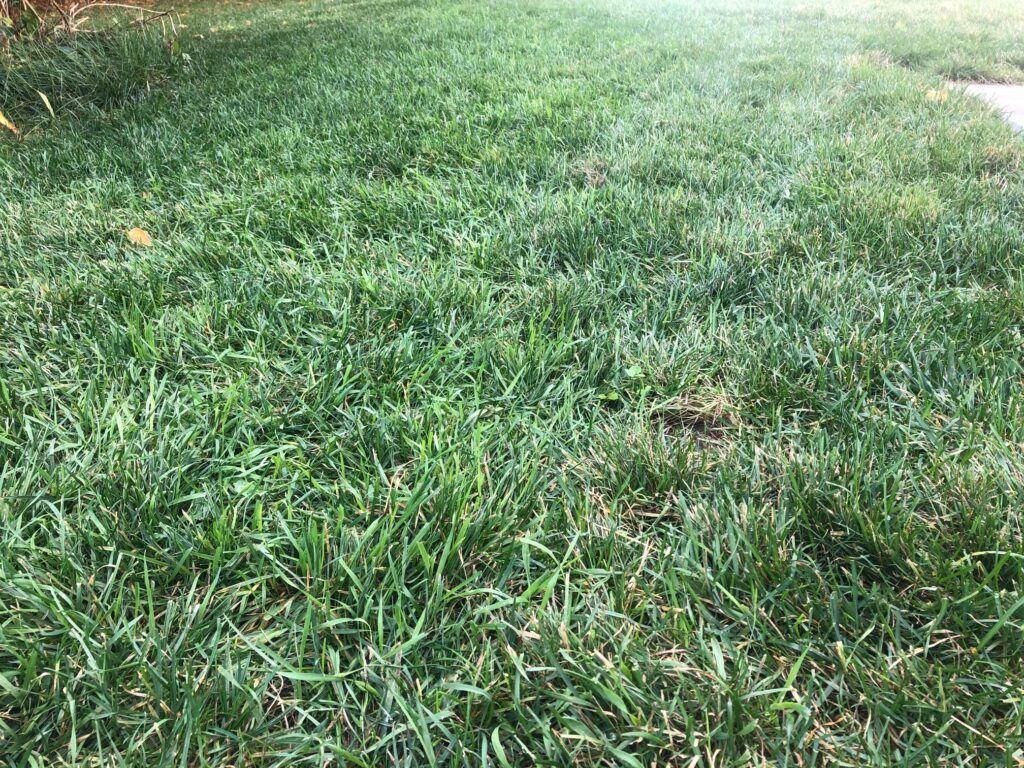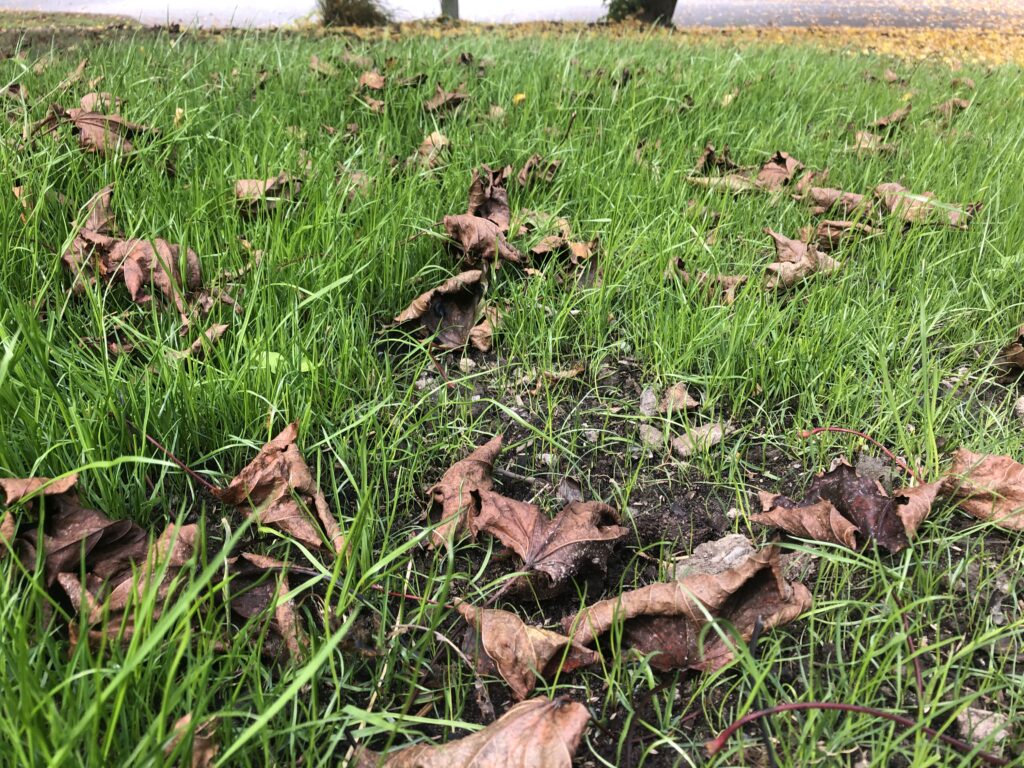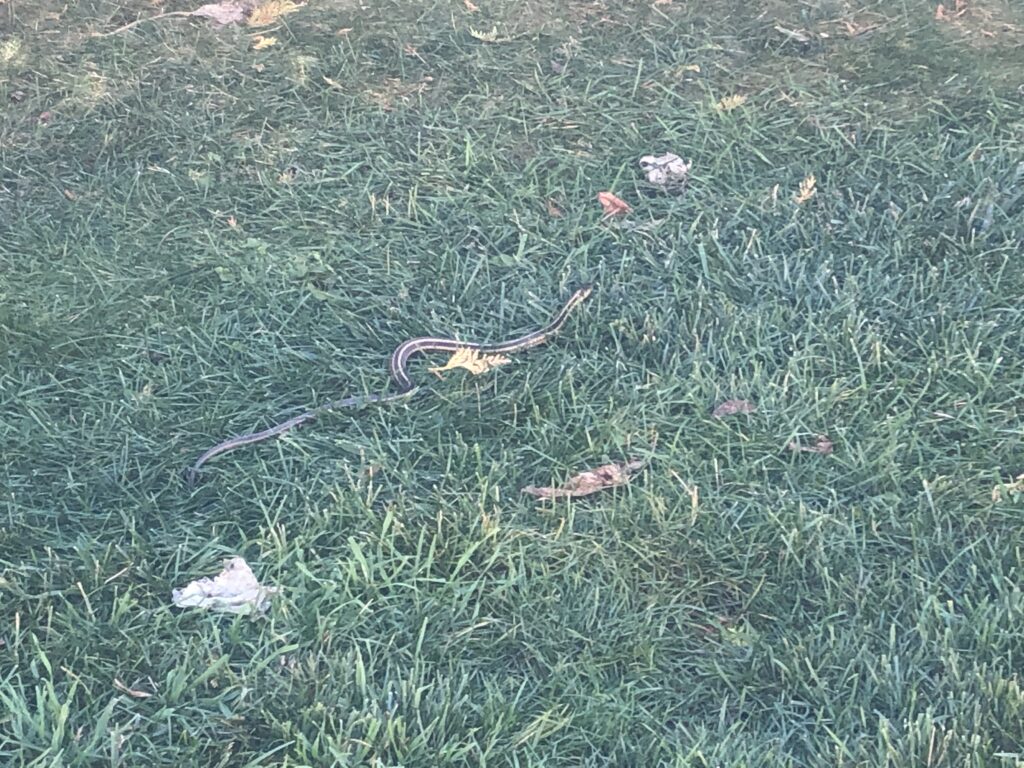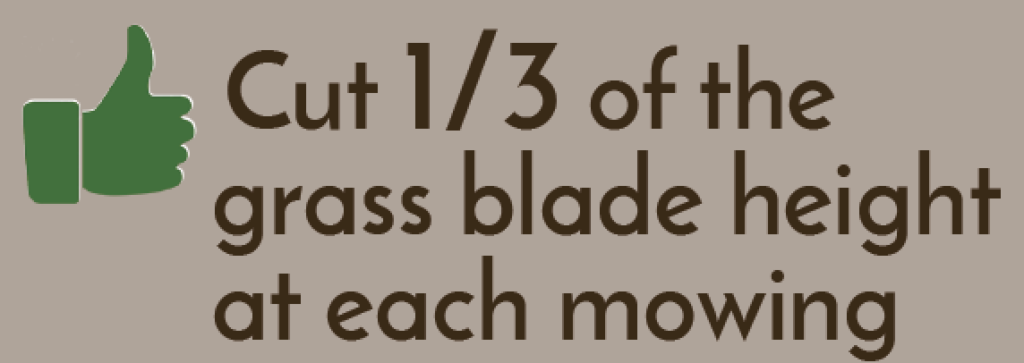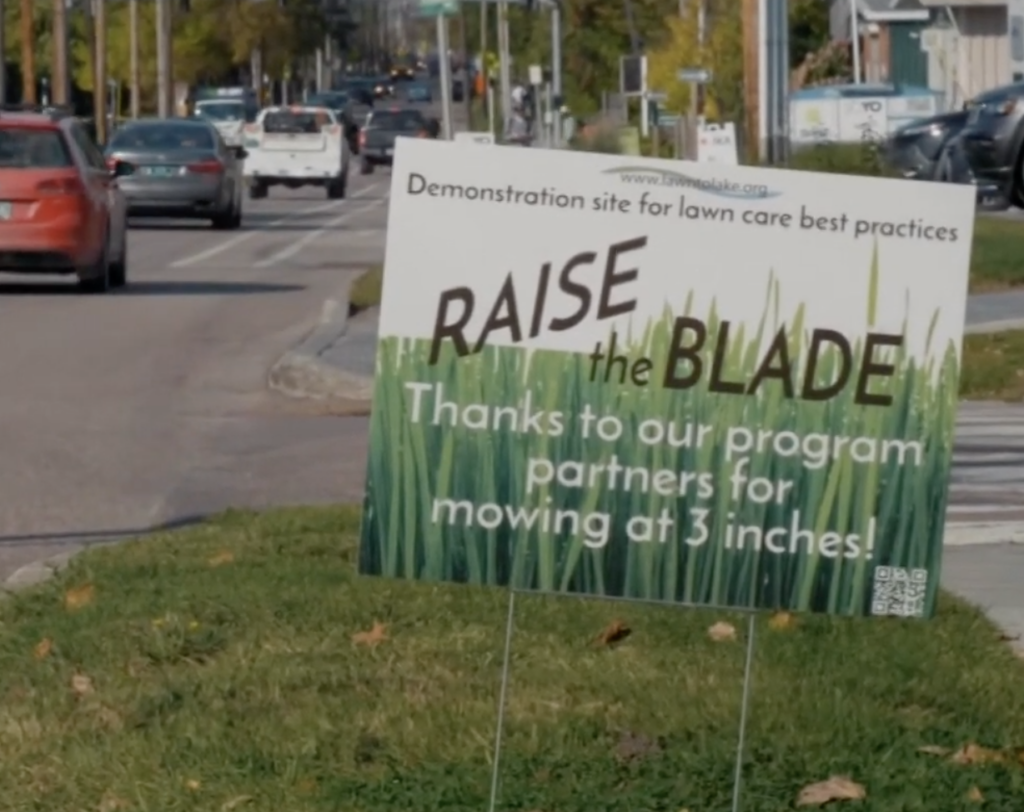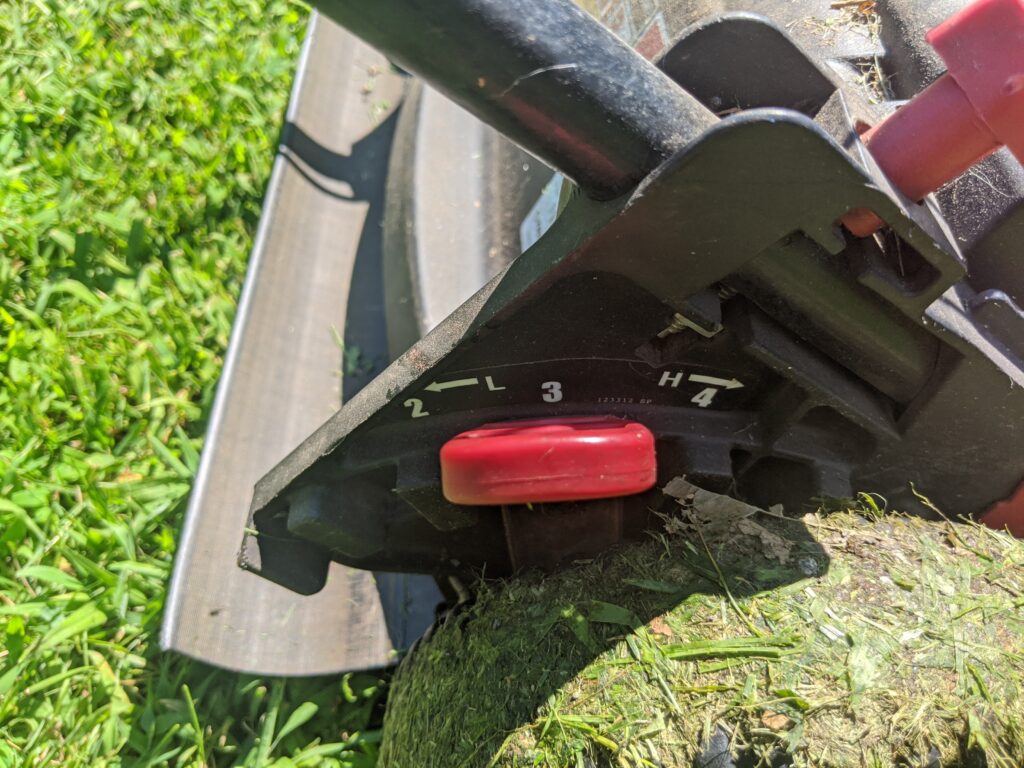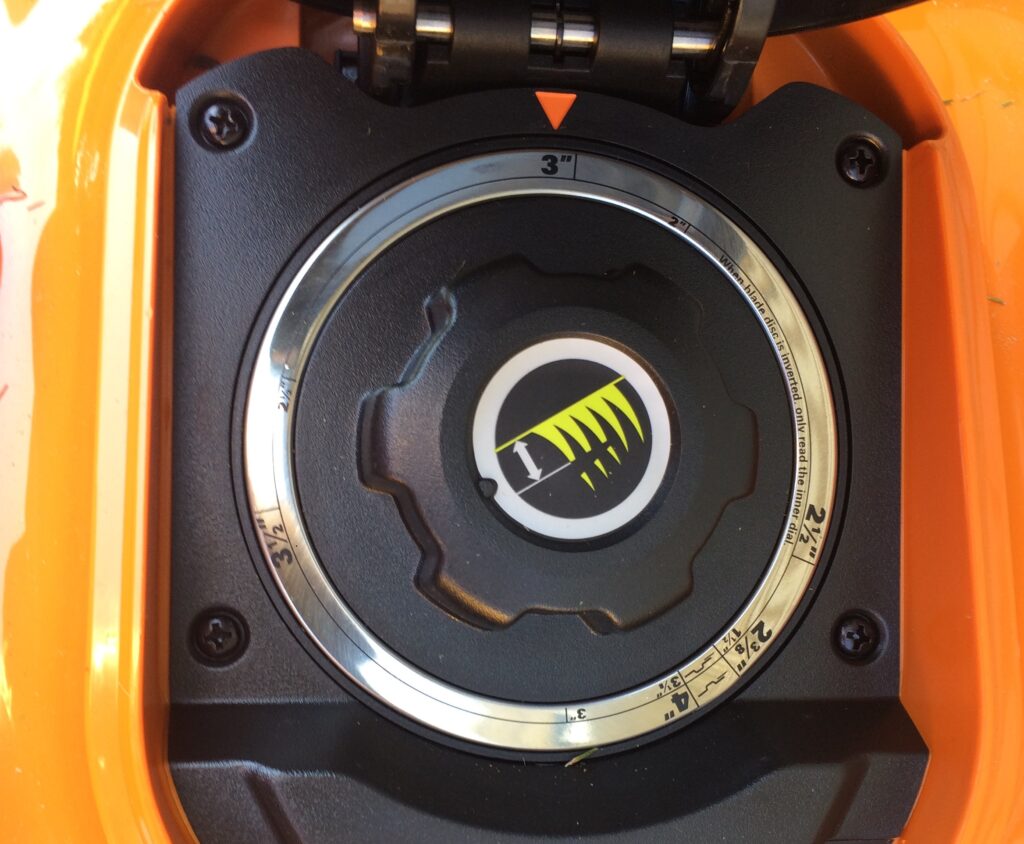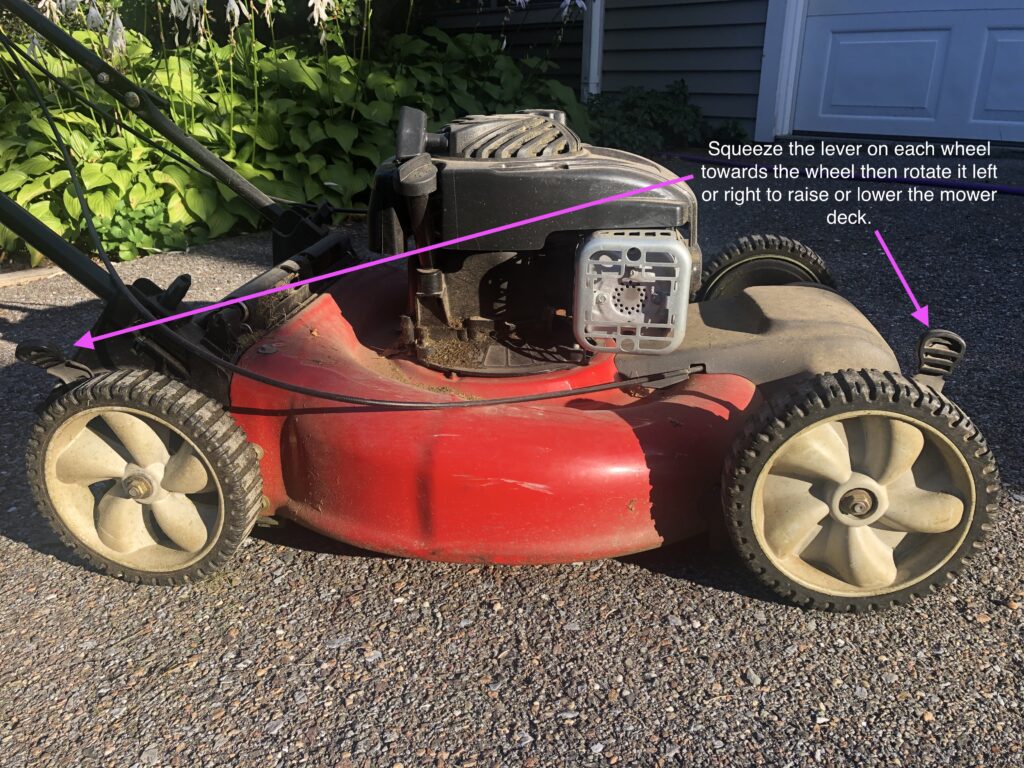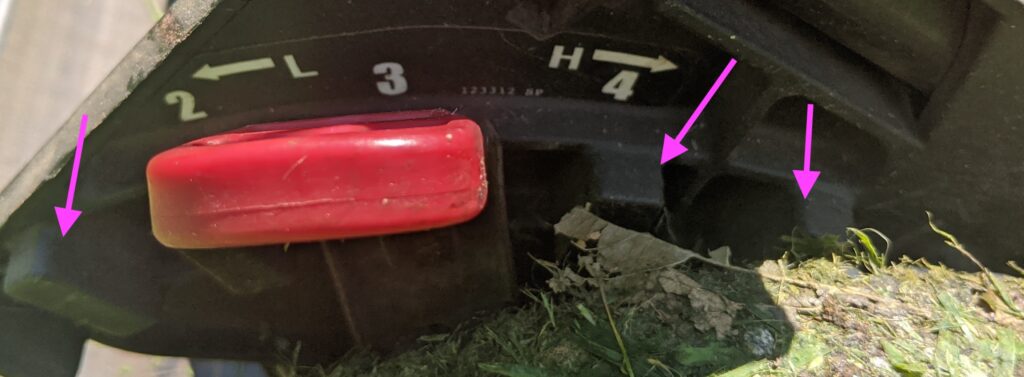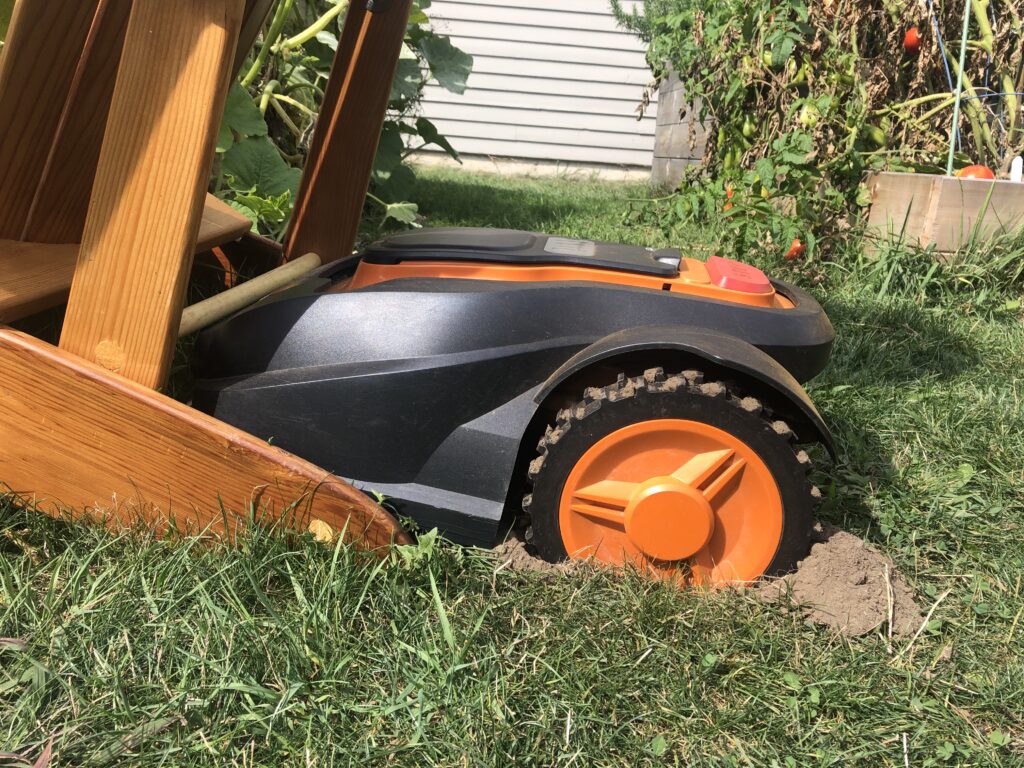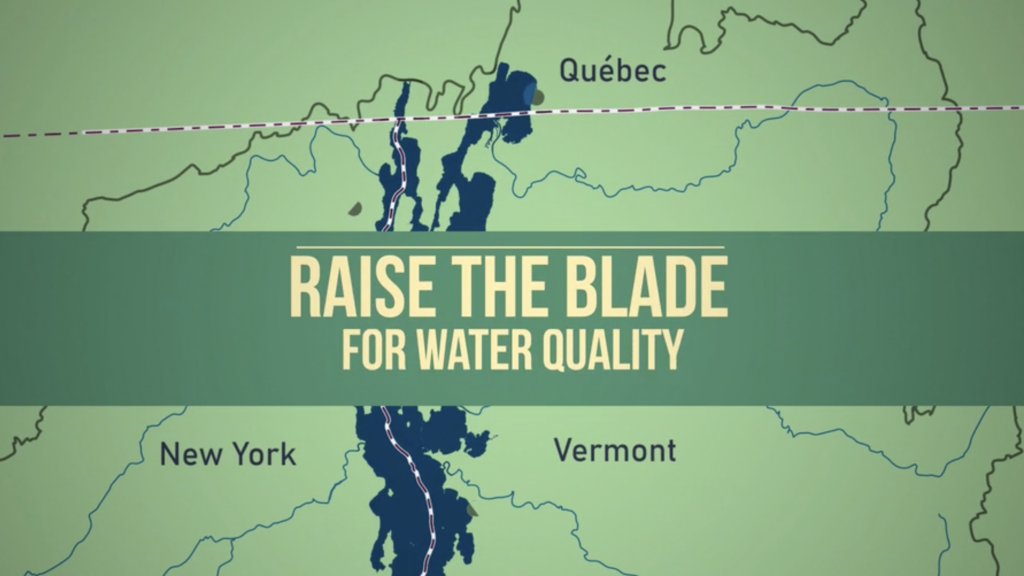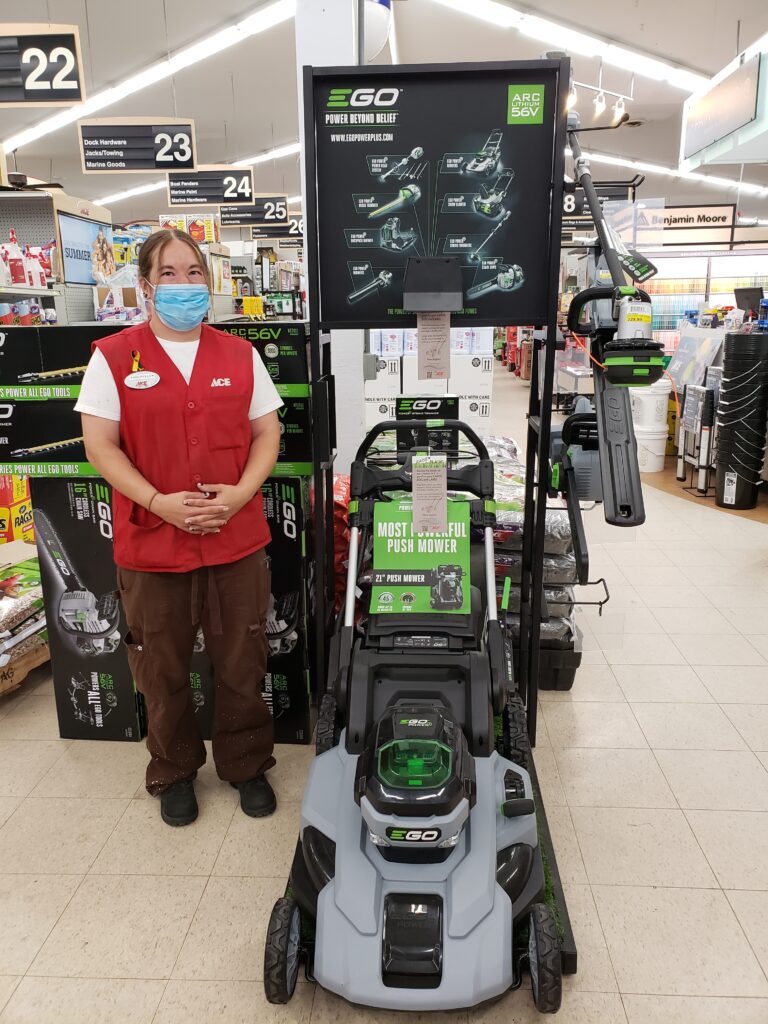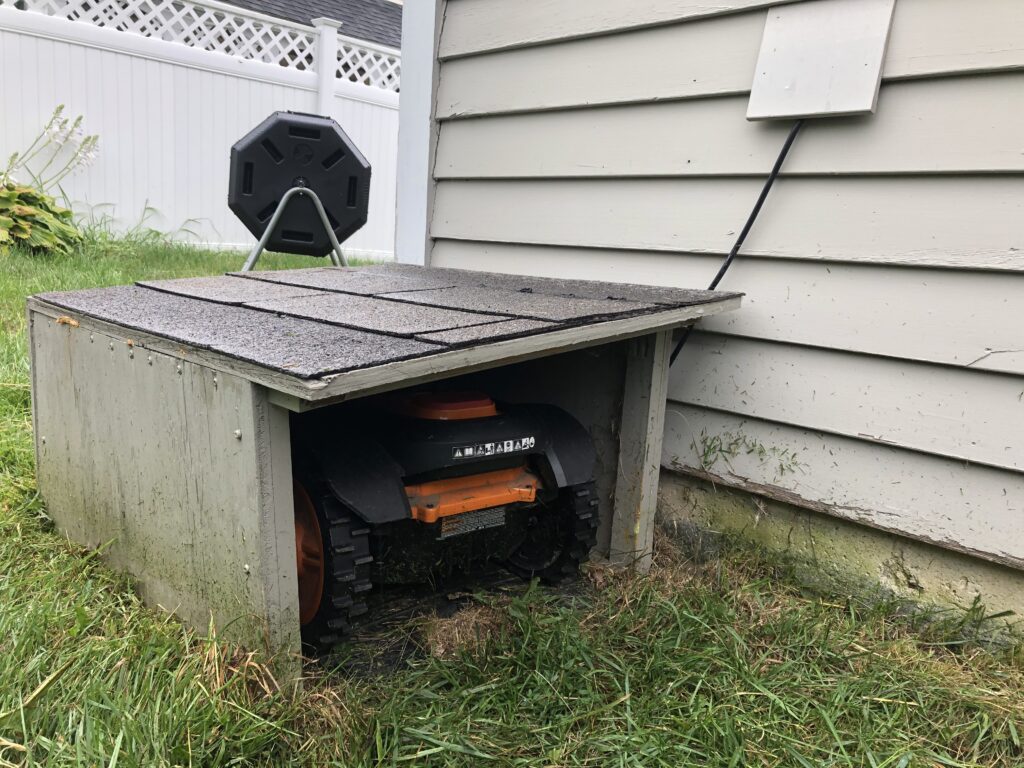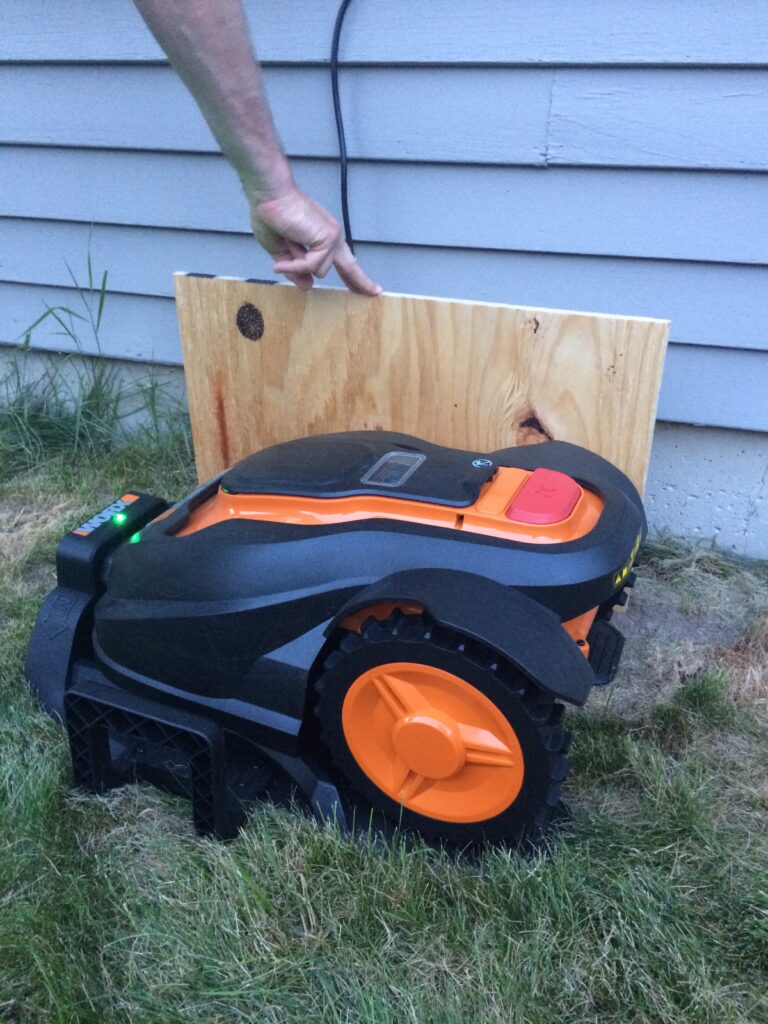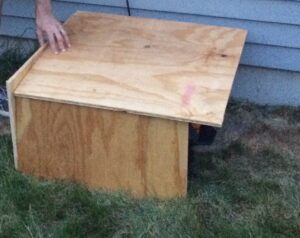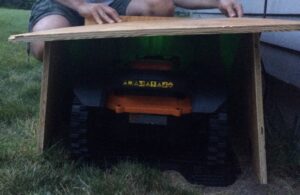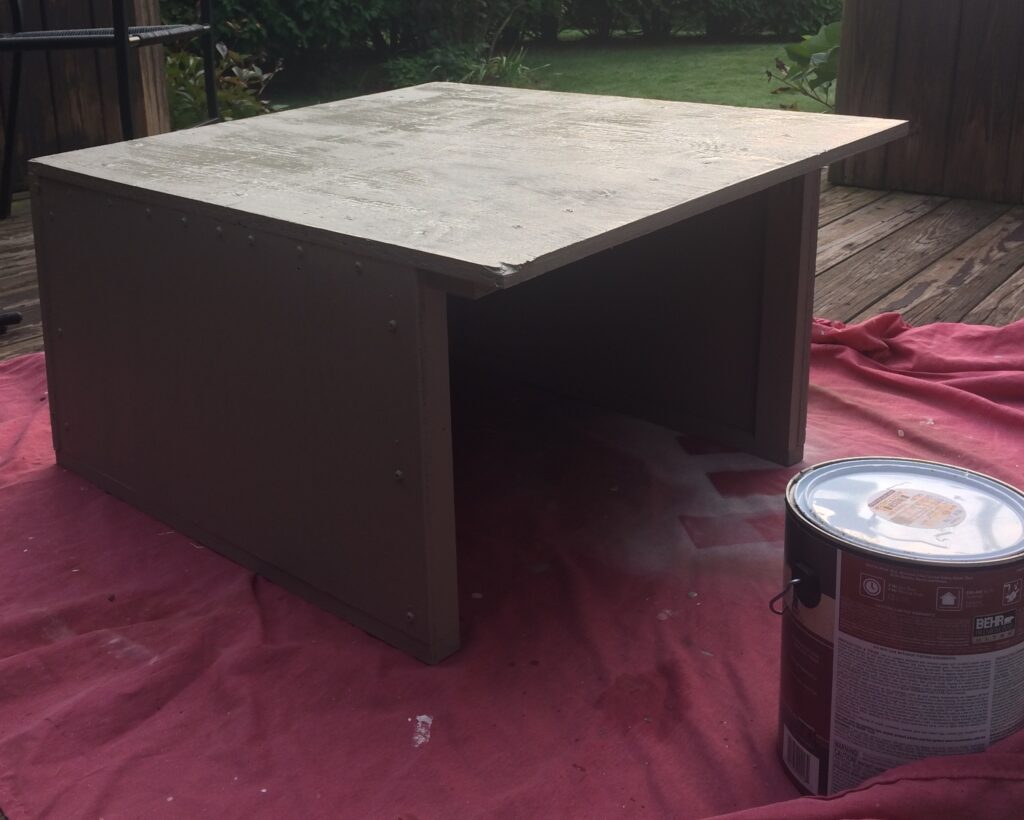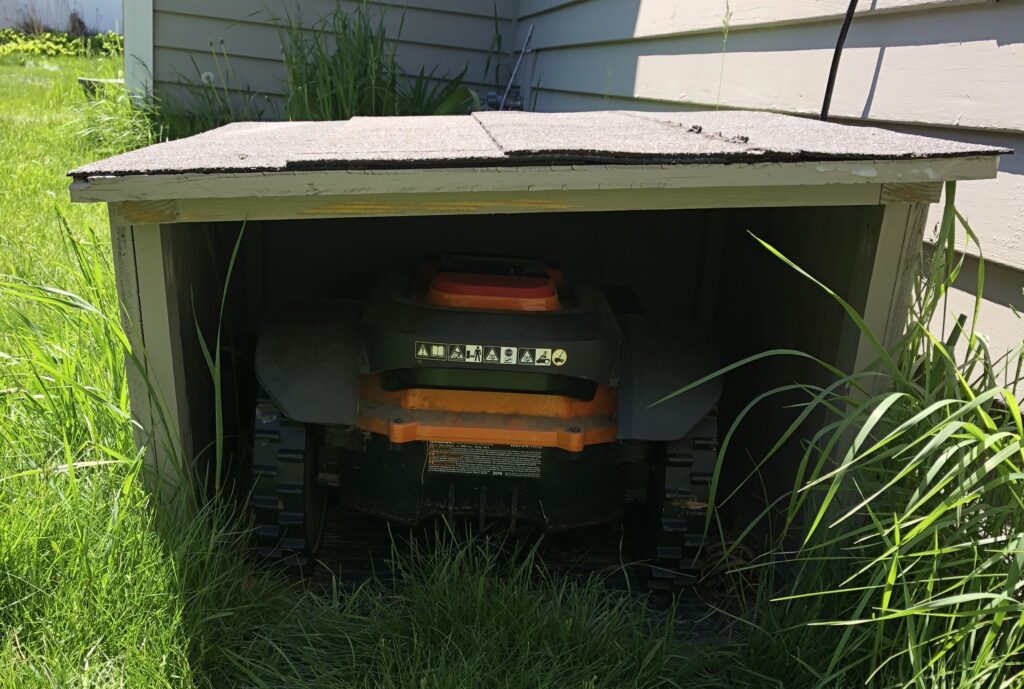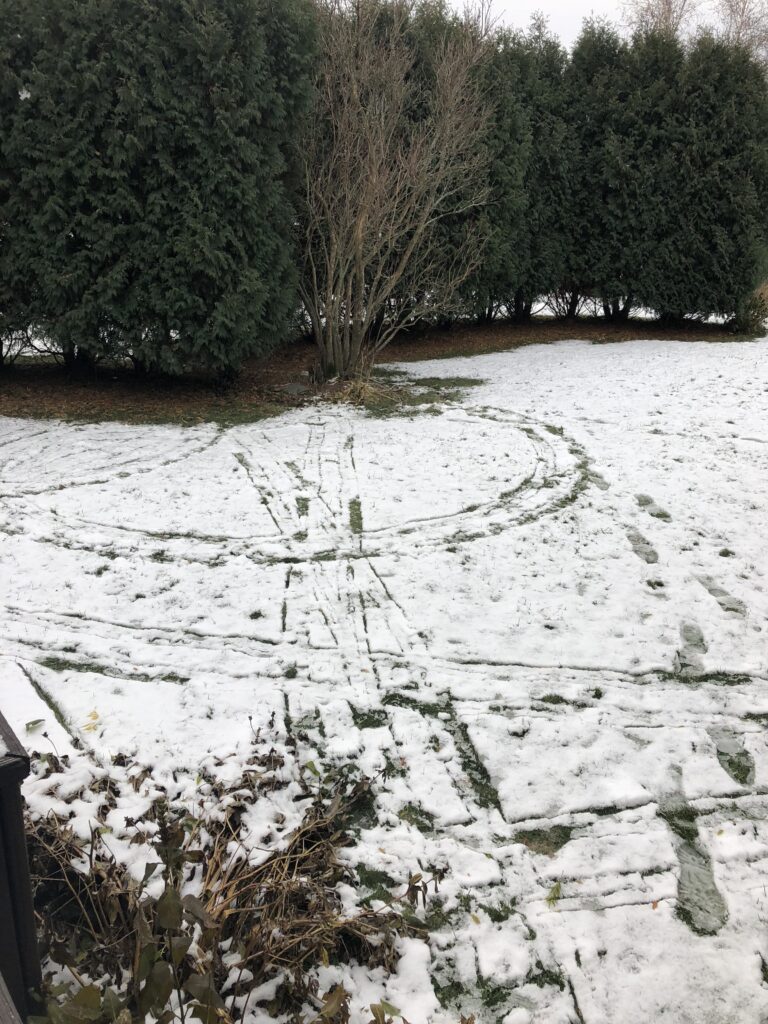
Later this week, there is snow in the forecast, which signals it is time for Mo to hibernate for the winter. There is usually a morning, like the one above, when we look out and see evidence that Mo has dutifully attempted to mow the lawn. In such cases, it seems that Mow has been hindered not so much in his movements, but in his ability to access the grass. Like with tracking animals, Mo leaves an interesting track story of past movements through the yard.
This has me thinking retrospectively—though over a longer time period—about the positives and negatives of owning a robotic mower and how that aligns with the #RaiseTheBlade outreach effort.
Positively, Mo reduces our time spent mowing, giving us more time to explore the Lake Champlain basin and beyond. Plus, Mo mows most areas of our yard decently and does so quietly while following all of the #RaiseTheBlade guidelines (3″ minimum length, no more than 1/3 of the blade at a time, and allowing the clippings to decompose in place). This is great for us and good for water quality.
Mo’s challenges primarily have to do with the landscape. On average, Mo gets stuck once every few weeks. However, if we fail to manage Mo’s boundary wire path, Mo can get stuck every day. Lately, this happens in one corner of our yard where the grass is thin, bare soil is plentiful, and tree roots abound. The fix is simple—to reroute Mo’s boundary wire. As such, we only have ourselves to blame for having to go rescue Mo on a regular basis.
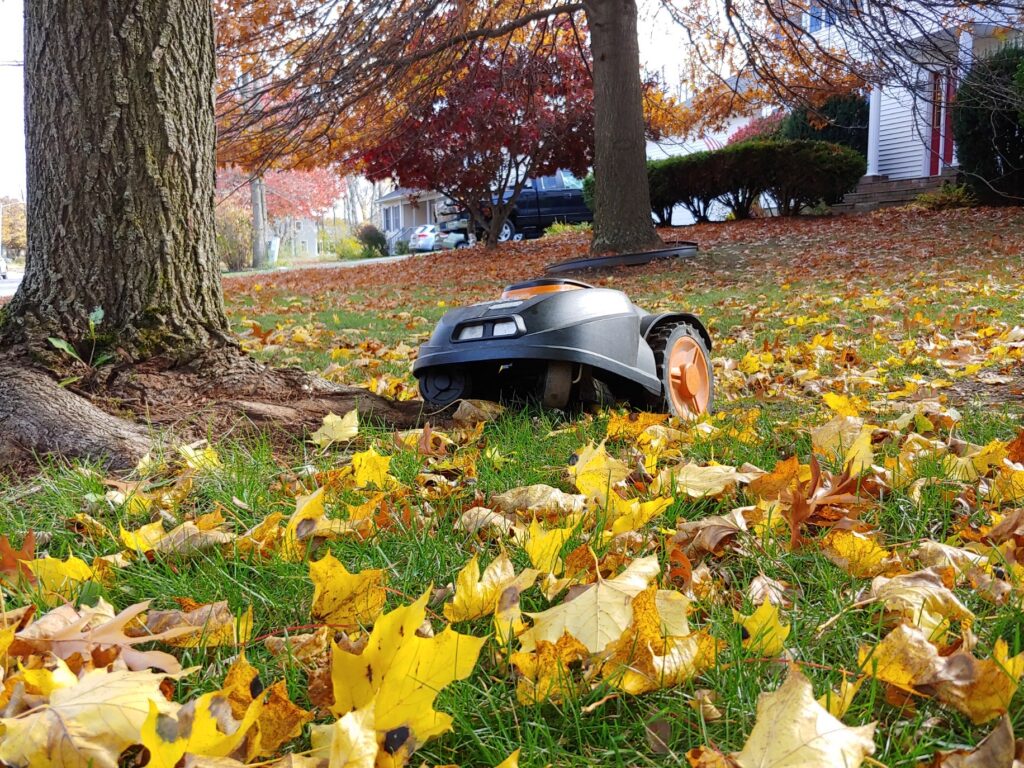
Mo’s other key challenge, as I shared throughout this mowing season, is that objects allowed to grow in Mo’s path (e.g., a large milkweed plant) or placed in Mo’s path (e.g., harvested onions, Adirondack chairs, lawn edging) make mowing particularly challenging.
The benefits of having Mo’s assistance with our yard work far outweigh the challenges though, and I’d do it all again if I had to make the decision to buy a robotic mower or not.

